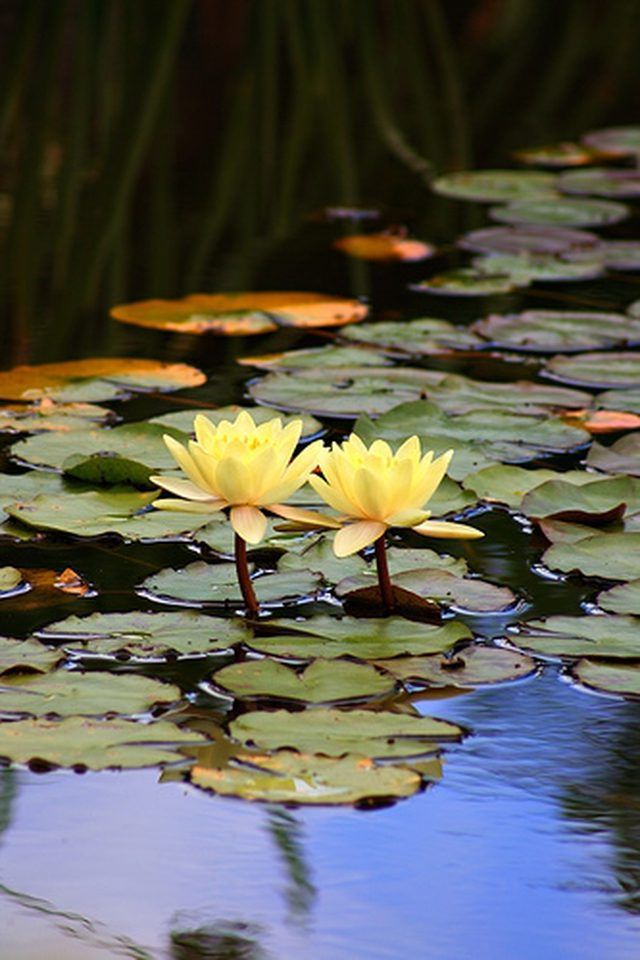Bulbs
Flower Basics
Flower Beds & Specialty Gardens
Flower Garden
Garden Furniture
Garden Gnomes
Garden Seeds
Garden Sheds
Garden Statues
Garden Tools & Supplies
Gardening Basics
Green & Organic
Groundcovers & Vines
Growing Annuals
Growing Basil
Growing Beans
Growing Berries
Growing Blueberries
Growing Cactus
Growing Corn
Growing Cotton
Growing Edibles
Growing Flowers
Growing Garlic
Growing Grapes
Growing Grass
Growing Herbs
Growing Jasmine
Growing Mint
Growing Mushrooms
Orchids
Growing Peanuts
Growing Perennials
Growing Plants
Growing Rosemary
Growing Roses
Growing Strawberries
Growing Sunflowers
Growing Thyme
Growing Tomatoes
Growing Tulips
Growing Vegetables
Herb Basics
Herb Garden
Indoor Growing
Landscaping Basics
Landscaping Patios
Landscaping Plants
Landscaping Shrubs
Landscaping Trees
Landscaping Walks & Pathways
Lawn Basics
Lawn Maintenance
Lawn Mowers
Lawn Ornaments
Lawn Planting
Lawn Tools
Outdoor Growing
Overall Landscape Planning
Pests, Weeds & Problems
Plant Basics
Rock Garden
Rose Garden
Shrubs
Soil
Specialty Gardens
Trees
Vegetable Garden
Yard Maintenance
Types of Plants Found in a Pond Habitat
Types of Plants Found in a Pond Habitat. Characterized by a freshwater ecosystem in which organisms depend upon each other and the immediate environment, the pond habitat relies on a variety of different plants. To protect the pond environment, all plants should be healthy and suitable for the local climate.
Characterized by a freshwater ecosystem in which organisms depend upon each other and the immediate environment, the pond habitat relies on a variety of different plants. To protect the pond environment, all plants should be healthy and suitable for the local climate.

Ecosystem
A pond ecosystem typically contains algae, fungi, microorganisms and fishes. These organisms exist alongside plants in four basic levels of the pond: shore, surface, open water and bottom water.
Essentials
Oxygenating plants are crucial to the health of a pond. Pond weed, parrot's feather and arrowhead consume carbon dioxide and release oxygen, creating a healthy environment, especially for fish.
Considerations
One potential problem is the proliferation of algae, which can overrun other organisms, depriving the pond of sufficient amounts of carbon dioxide and poisoning the habitat.
Pond Health
To limit algae growth and promote balance, a pond should contain floating plants on the surface of the water. These include pond lilies, tropical lilies (both day and night), water lettuce and water hyacinths.
Extras
Lotus and sagittaria prosper in bog environments, and plants for pond margins include: cattails, dwarf bamboo, marsh marigold, ostrich ferns, lady ferns, ribbon grass and pickerel rush.
Warning
Never plant invasive plants (such as purple loosestrife or Canadian pond weed) if you live near a natural body of water. Check all plant purchases to see if they are invasive by seed or root.